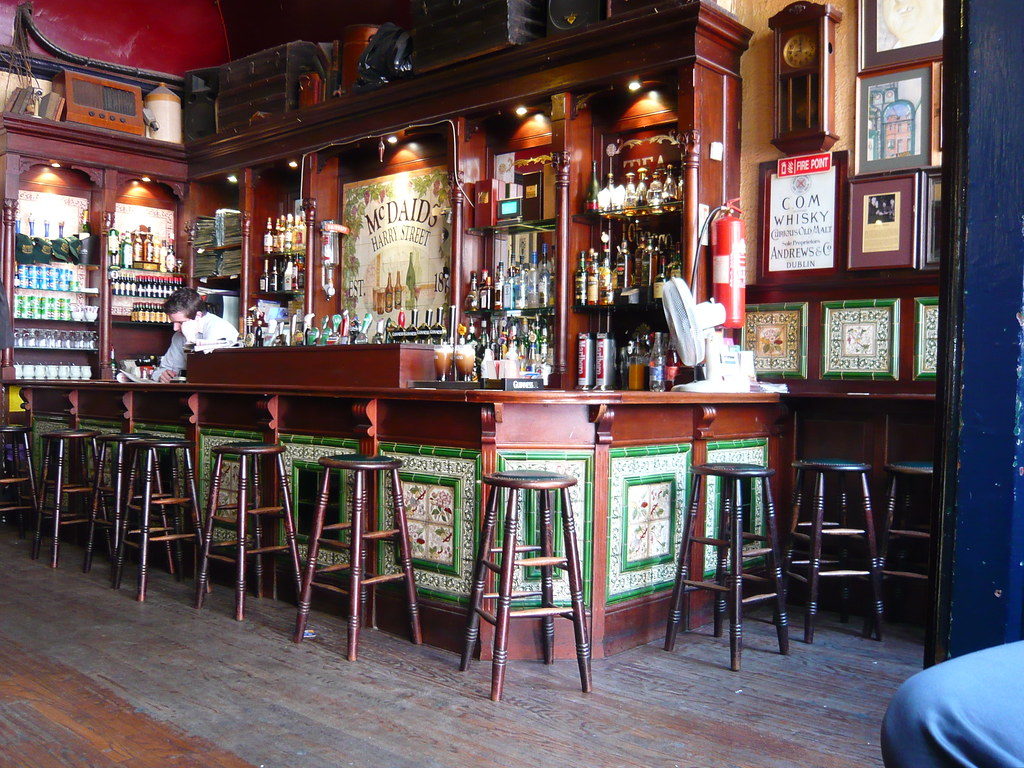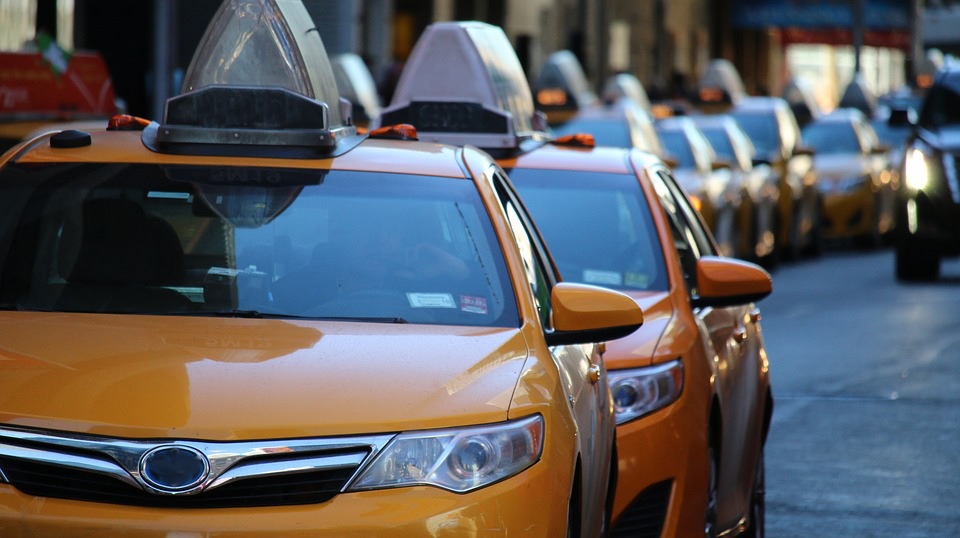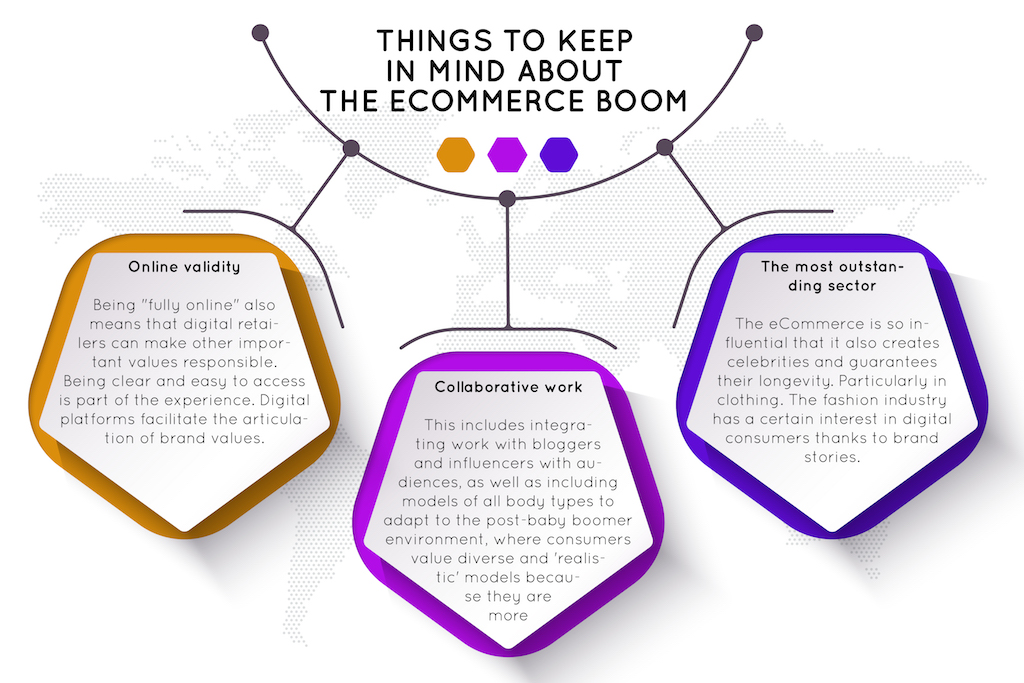Studies show that more and more individuals prefer a night in over a night out. For example, where there were 60,800 pubs across the UK in the year 2000, by 2017, this number had dropped to 48,350. With super-cheap alcohol available in shops, to the younger generation preferring to be teetotal, pubs and restaurants are struggling to entice people to leave their homes for a night out. So, what are these businesses doing in order to stay relevant and innovative enough to encourage customers?

Bargain hunters
Everyone gets a kick out of saving a bit of cash. So, it’s a difficult pitch for bars and restaurants really — travel somewhere else, pay for a meal you could cook at home for less, then travel home. Advantages? You get your food cooked for you, you don’t have to do the washing up, and it’s cooked by a professional.
Disadvantages? You have to pay for travel, be it in fuel or taxi fare. You have to pay more for the food than buying the ingredients yourself. You can’t always tell what’s in the food, and for now at least, you can’t really tell how healthy the meal is. In a world that is becoming more conscious of health and wellbeing, that last point can be a real put-off for eating out.
At least restaurants have the pull of professionally-cooked food and new tastes on offer. For bars and pubs, the game is even harder; there aren’t many brands of drink on offer at a pub or bar that you can’t buy more of, cheaper, at a supermarket. Then, you can have them at home, with your friends, away from other people, doing your own thing. Why sit in a pub trying to chat with your friends over the sound of a band you don’t particularly like when you can sit at home, chat to your friends with the same drinks, more money in your pocket, and Spotify on with band you do like?
Therein lies the problem. People have so much technology at their disposal now that pubs and bars can seem a little dated. Without change and renovation, pubs in particular have felt the sharp sting of decline.
Making an impression
Bars, pubs and restaurants all have a key offering: food and drink. We’ve established it’s no longer enough to simply offer food and drink though, nor are the public very swayed by uninspired steak-night specials. So, how else are companies adapting?
Providing an experience
When comparing this issue to another sector that has faced similar problems, the cinema industry is a good place to start. For many years, outlets were mourning the decline of the cinema industry — between piracy and prices, cinema attendance had fallen considerably from its post-war heydays. But despite this, and even with the advent of legitimate streaming services from the comfort of our own homes, the cinema industry has experienced a resurgence of attendance, hitting 177 million UK admissions in 2018, the highest it’s been since 1971.
How has this success happened? Put simply, cinemas have adapted and played to their strengths. The quality of film has certainly helped, with the popularity of huge-scale cinematic universes tying multiple movies together like never before. But beyond that, cinemas have something streaming services simply can’t match — a real sense of escapism, which is certainly a treasure in difficult times. Plus, cinemas don’t just offer movies now. Instead, they offer screenings of live theatre, opera, and ballet that viewers may not otherwise be able to view. Vintage films are often given a limited-time re-release, offering retro-loving younger generations a chance to see their favourite old films in a cinema setting they may have otherwise missed out on. In short, cinemas offered an experience.
Increasing quality to stand out
Increasing the quality of your product is a way to stand out with out having a quirky location or other similar USP. not every bar and restaurant can set up shop in an old underground station or a cave in the side of a cliff somewhere. But that doesn’t mean you can’t adapt and offer an experience.
One thing to really zone in on is the food on offer. People aren’t just out to eat, they’re out to photograph their food too. #FoodPhotography has around 30 million photos under its tag, and #Foodgasm has over 40 million photos. Increasing food offerings from standard fare is vital for bars, pubs, and restaurants to survive and draw in customers. That means improving not only the quality, but the range available too. For example, clean eating, health-conscious, and vegan options are all buzzwords in the modern day. Without offering these, establishments are potentially missing out on huge pools of customers. If you want to stand out by diversifying your product range and offering something unique such as a slushie cocktail, ensure that it’s the best slushie cocktail that money can buy.
A study conducted of 1,485 adults, found that over 50 per cent said more tempting food would encourage them to visit pubs and restaurants more often compared to cheaper drinks. Home-made, locally-sourced food will quickly travel by word of mouth in the area.
Be strategic
Leading on from the previous point, profitable successful restaurants and bars are certainly taking a leaf from the resurgent success of cinemas by playing to their strengths. For example, while cinemas can’t always compete with the on-demand range of movies streaming services offer, they can more than compete with the desire for escapism and comfort without distractions. In the same way, restaurants and bars can’t always compete with supermarket pricing when it comes to their drinks. But they can more than compete with the drinks trends and offerings that simply aren’t as accessible from the supermarket shelf.
Now, bars and restaurants are benefiting from the wellness and low-and-no trend creeping into 2019. Catering to non-drinkers will certainly appeal to those in a friend group who may otherwise duck out of a night out or make a night in sound easier to cater to all. Adapt by making the bar more flexible in its offerings and it’s an easy display of catering to the customer. Plus, the offering of non-alcoholic spirit-style or wine-style drinks is rather lacking in supermarkets right now — a perfect niche for restaurants and bars to tap into.
Its clear to see that bar, pubs and restaurants that are adjusting to suit their consumers’ ever-changing needs are maintaining business during this difficult time. From vegan chocolate to slushie cocktails, with the right variety, flexibility, and quality, going out can certainly reclaim its crown overstaying in!









